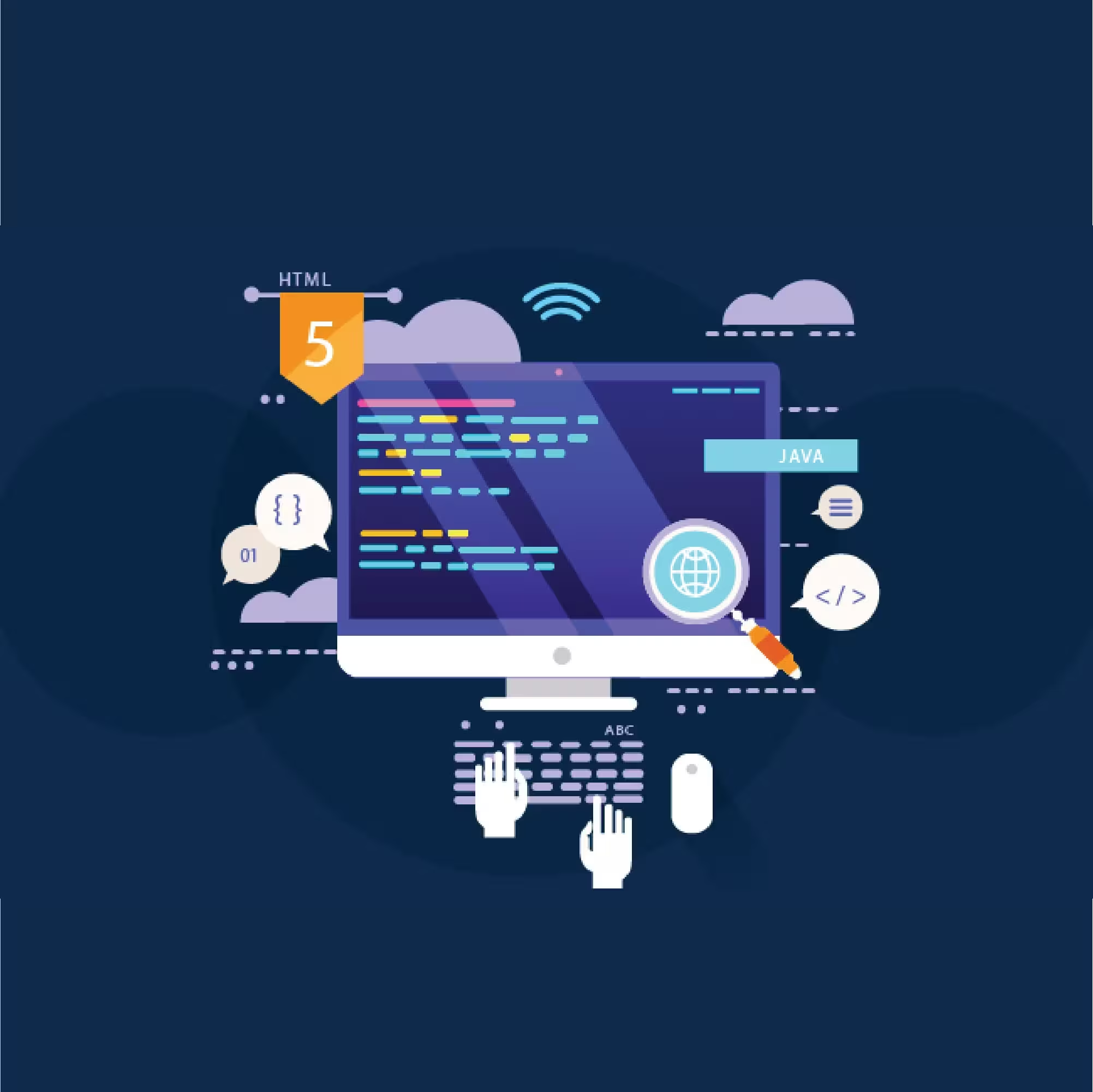Learning path for website design and development: from beginning to professionalism
Website development learning path
Web design is a fundamental skill in the modern tech world, requiring proficiency in several programming languages and design tools. If you want to start your journey in learning web design, here’s a comprehensive guide to help you go from a beginner to an expert. Step One: The Basics HTML (HyperText Markup Language): Function: HTML is the foundational language for designing web pages. It is used to create the basic structure of a website and define various elements like text, images, links, and tables. Benefit: Without HTML, no content can be displayed on web pages. CSS (Cascading Style Sheets): Function: CSS is used to style and design web pages. It allows you to add colors, fonts, and layout elements in an attractive manner. Benefit: Makes websites more visually appealing and organized, enhancing the user experience. JavaScript: Function: JavaScript is a programming language used to add interactivity and dynamism to web pages. It enables you to create interactive features like pop-up buttons, dynamic content updates, and form validation. Benefit: Adds dynamism and interactivity to the website, making it more engaging and functional. Step Two: Advanced Learning JavaScript Frameworks: React.js: Function: A framework for developing interactive user interfaces. It simplifies the creation of large and complex applications. Benefit: Makes the development process faster and more efficient. Vue.js: Function: A framework for developing user interfaces, similar to React.js but easier to learn. Benefit: Easy to use and suitable for small to medium projects. Angular: Function: A powerful framework for developing dynamic and complex web applications. Benefit: Suitable for building large and complex applications. Backend Development: Node.js: Function: A JavaScript runtime environment for server-side development. Used for building the backend of web applications. Benefit: Allows using JavaScript for both frontend and backend development. PHP: Function: A programming language used for server-side development. Used to create dynamic websites. Benefit: Popular and easy to learn, widely used in content management systems like WordPress. Python: Function: A versatile programming language used for server-side development with frameworks like Django and Flask. Benefit: Powerful and easy to read, widely used in various fields. Databases: SQL: Function: A language used to manage data in relational databases. Benefit: Essential for efficiently storing and retrieving data. NoSQL (e.g., MongoDB): Function: Used for managing non-relational data. Benefit: Suitable for applications that require flexibility and speed in handling unstructured data. Step Three: Tools and Frameworks Version Control: Git: Function: A version control system that allows you to track code changes and collaborate with teams. Benefit: Enables organized and efficient project management. Design Tools: Figma: Function: A user interface design tool that allows real-time collaboration. Benefit: Simplifies the design process and team collaboration. Deployment: Heroku and Netlify: Function: Platforms for deploying web applications easily. Benefit: Makes the process of deploying and managing applications simple and fast. Conclusion Learning web design is a journey that requires patience and practice. By learning HTML, CSS, and JavaScript, and then moving on to advanced frameworks and backend development, you can build a solid foundation in this field. Don’t forget the importance of using design tools and version control to ensure your work is organized and professional. Start today and continue learning until you become an expert in web design.
